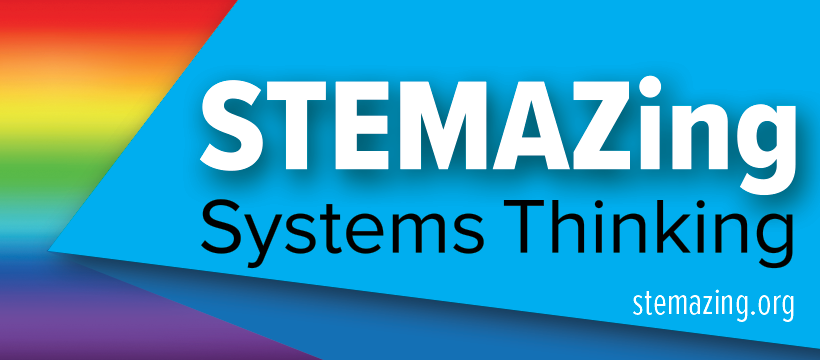5.P1U1.1
ACS Inquiry in Action: Chapter 4 – Conservation of Mass
NOTE: Those these are indicated for 5th grade, they align with both 5th grade and 8th grade AzSS standards. Through exploring melting, dissolving, and chemical change, students discover that mass is conserved during all these processes. Lesson 4.1 – Conservation of Mass Students measure the mass of substances before and after melting, dissolving, and a…
Read MoreACS Inquiry in Action: Chapter 3 – Substances Can Mix and React to Form New Substances
NOTE: Those these are indicated for 5th grade, they best align with both 5th and 8th grade AzSS standards. Students use baking soda, calcium chloride and other common substances to discover that when certain substances combine, a chemical reaction takes place, and new substances are formed. Lesson 3.1 – What’s the Difference between Baking Soda…
Read MoreACS Inquiry in Action: 5th Grade Chapter 1 – Matter is Made of Tiny Particles
Through investigating solids, liquids, and gases and the phenomena of dissolving, evaporation, and condensation, students develop models to investigate matter at the particle level. Lesson 1.1 – Matter Is Made of Tiny Particles Students squeeze a flexible plastic bottle filled with air and another filled with water to investigate the questions: Is an “empty”…
Read MoreSimple Chemistry and Matter from PBS Learning Media
Gas in a Bag from PBS Learning Media
ACS Inquiry in Action: Chapter 6 – Atoms
Students use Snap Cubes (or LEGOs or other building blocks) to see that the same parts can be rearranged to make many different objects, and that these parts can be used as models of atoms that make many different molecules. Lesson 6.1 – The Same Parts Can Make Many Objects Student groups use four or…
Read More